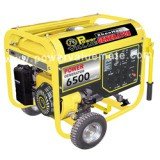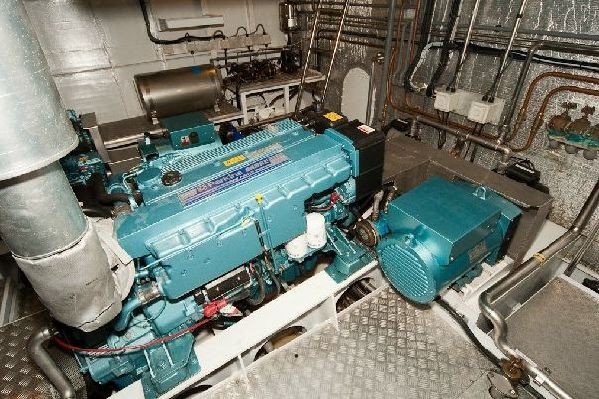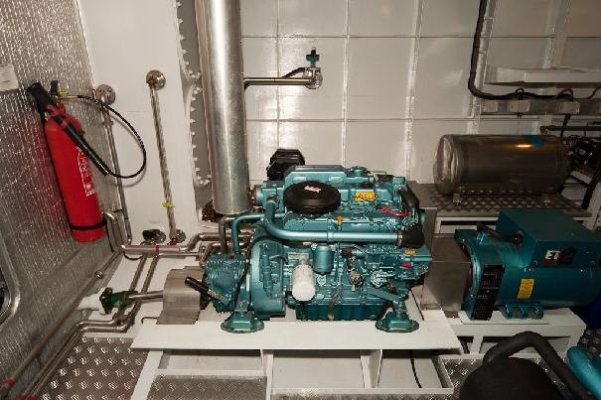Portuguese
Guru
Gents
I am looking into the possibility of not installing a genset in my boat. I am presently designing the letrical capacity based on two battery banks:
1 x 4 x 220 amps house bank
1 x 3 x 150 amps engine, bilge pumps, windlass and BT.- Having in mind that I will have the engine on when I use the windlass and the BT.
To charge these two banks I am thinking about installing up on the roof a 4 or 6 solar panels with appropriated hardware. Can anyone advise on the size and number of the panels?
Thanks
Portuguese
I am looking into the possibility of not installing a genset in my boat. I am presently designing the letrical capacity based on two battery banks:
1 x 4 x 220 amps house bank
1 x 3 x 150 amps engine, bilge pumps, windlass and BT.- Having in mind that I will have the engine on when I use the windlass and the BT.
To charge these two banks I am thinking about installing up on the roof a 4 or 6 solar panels with appropriated hardware. Can anyone advise on the size and number of the panels?
Thanks
Portuguese



